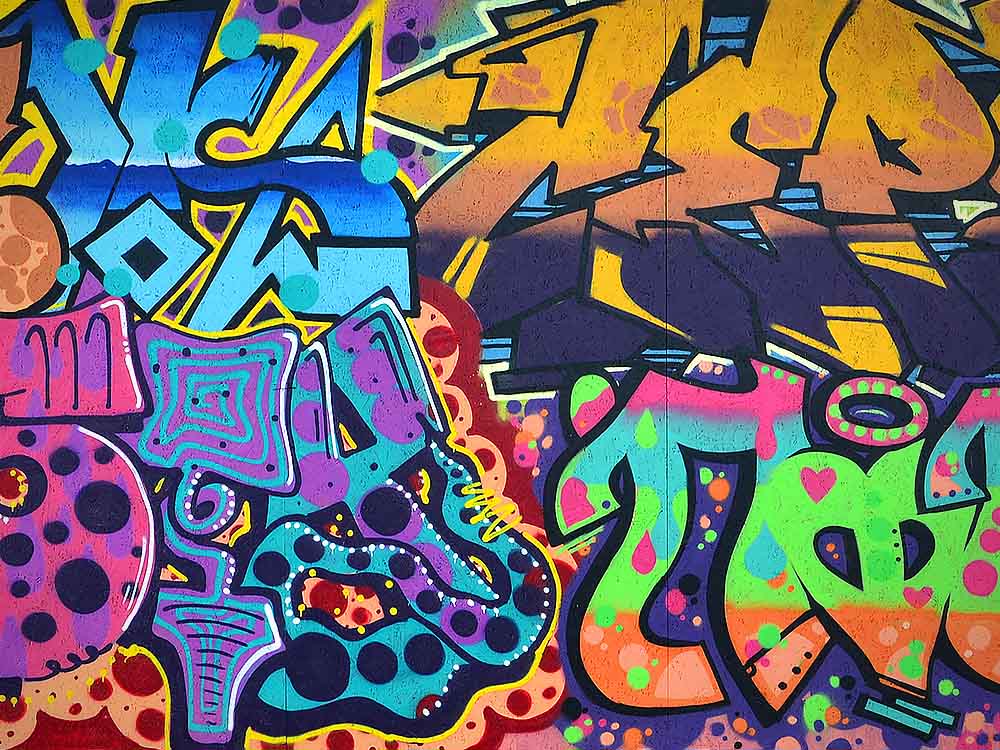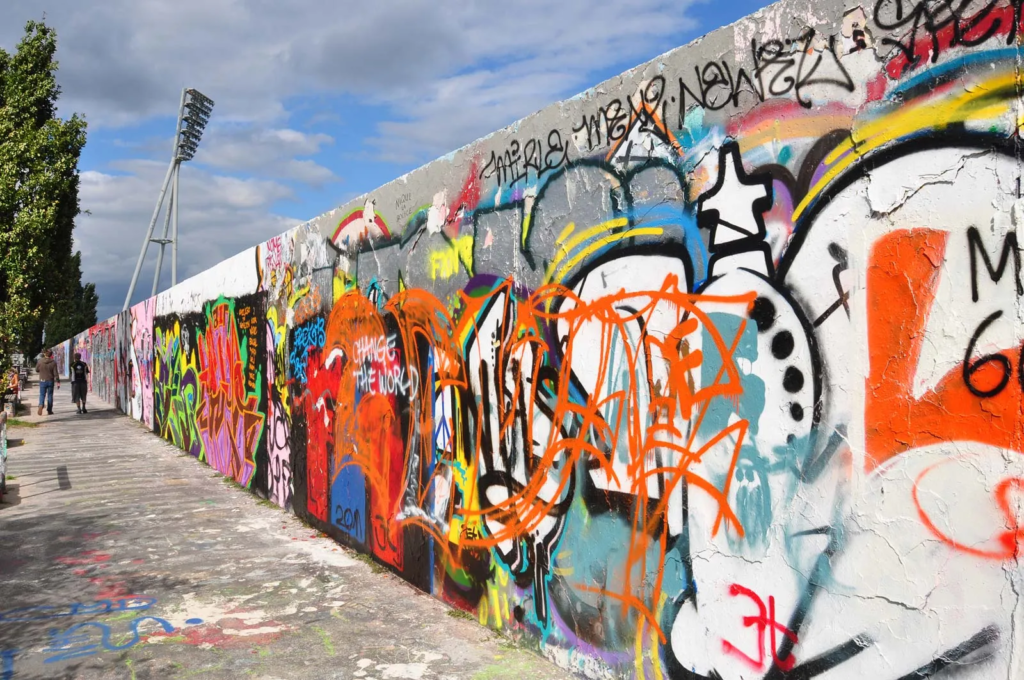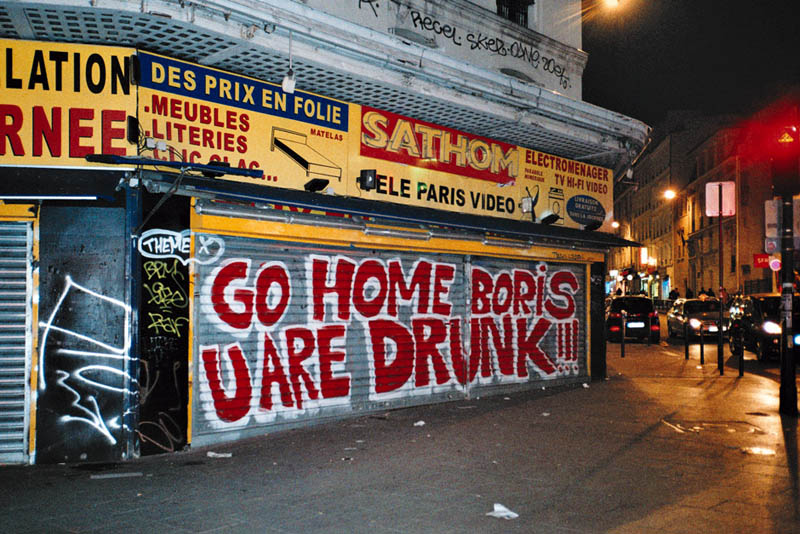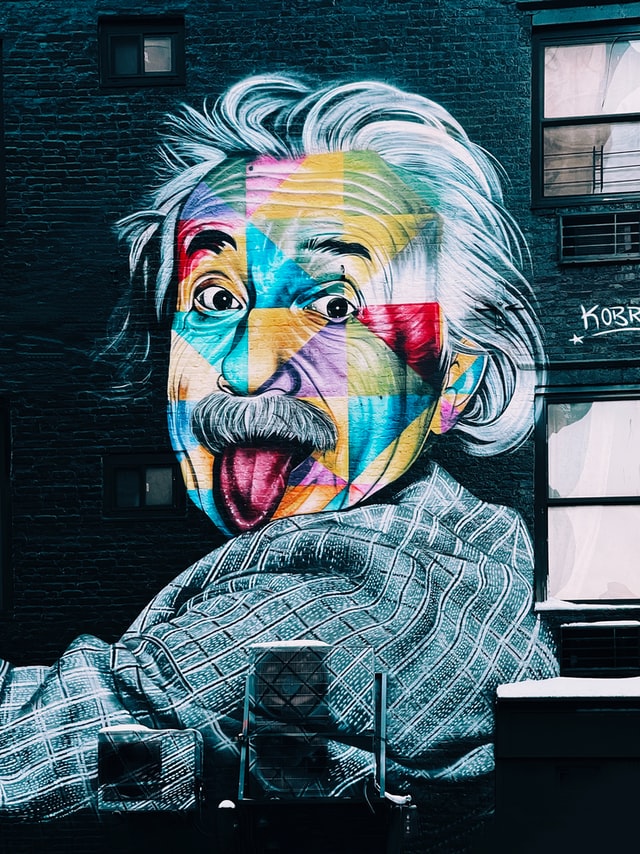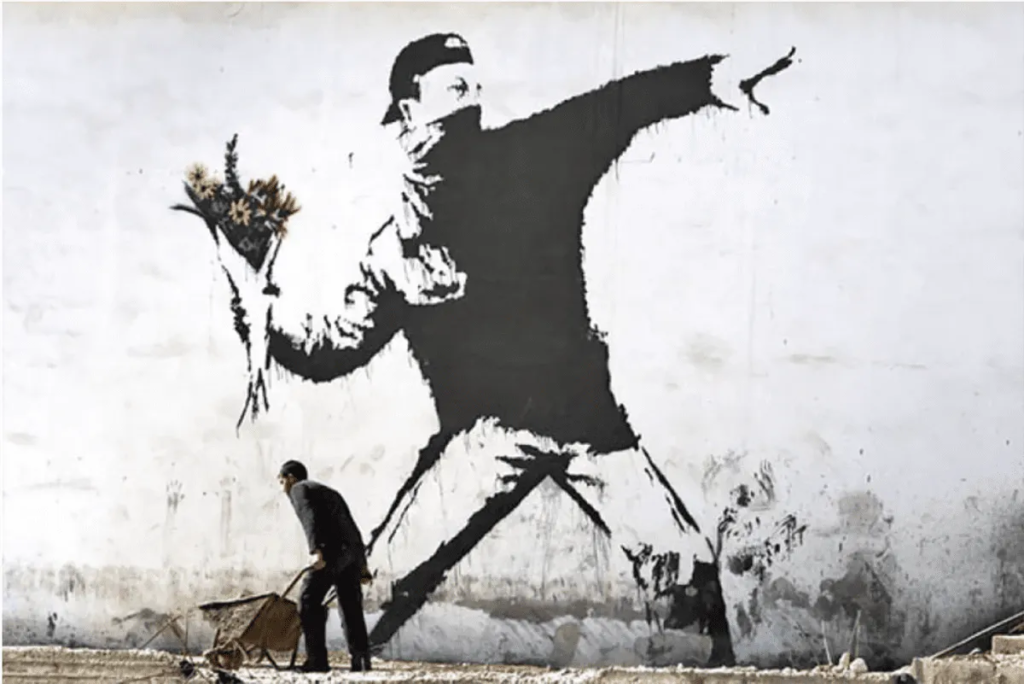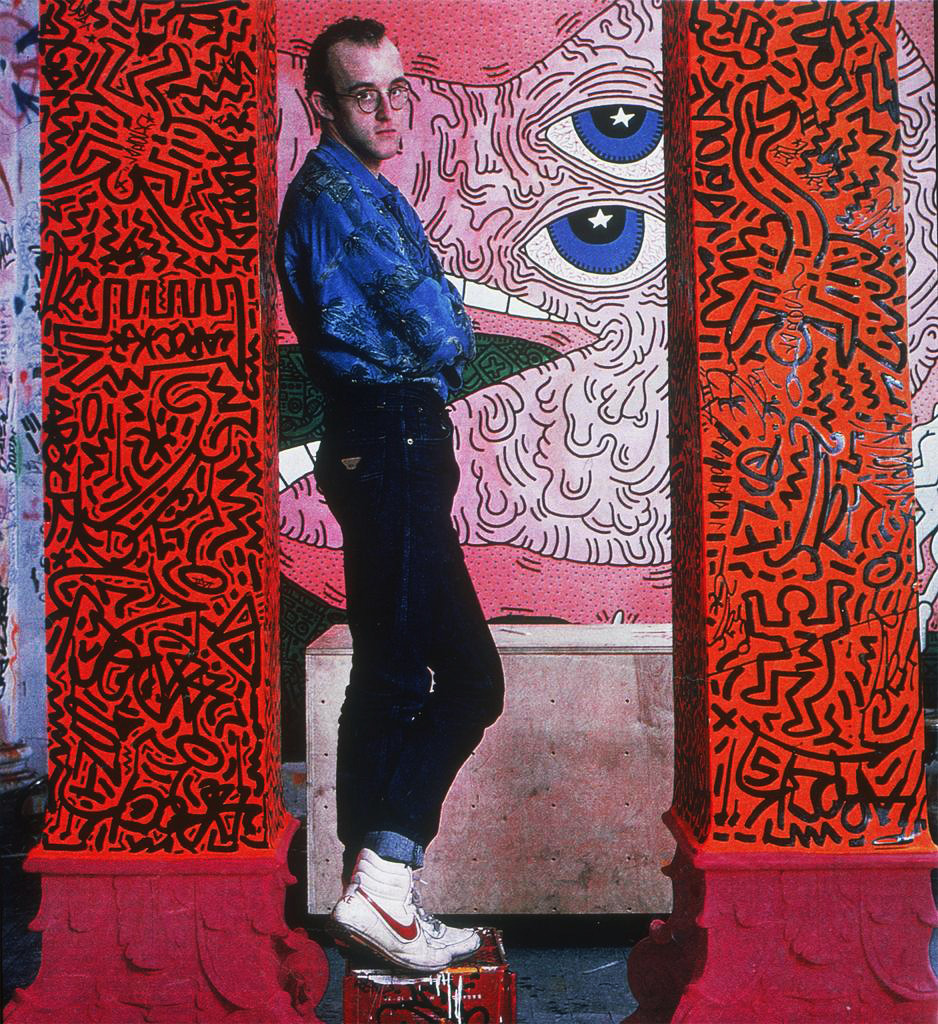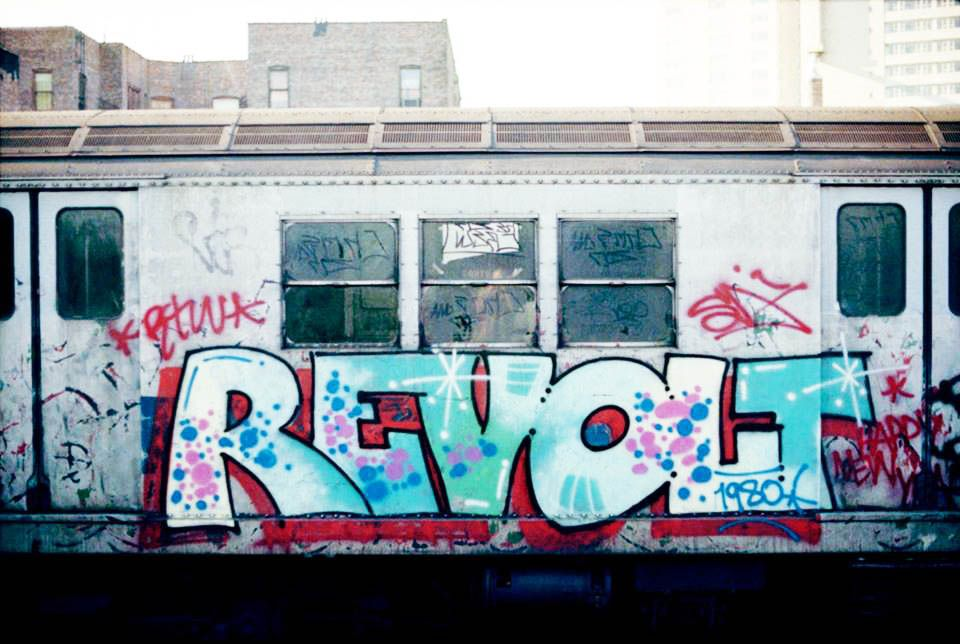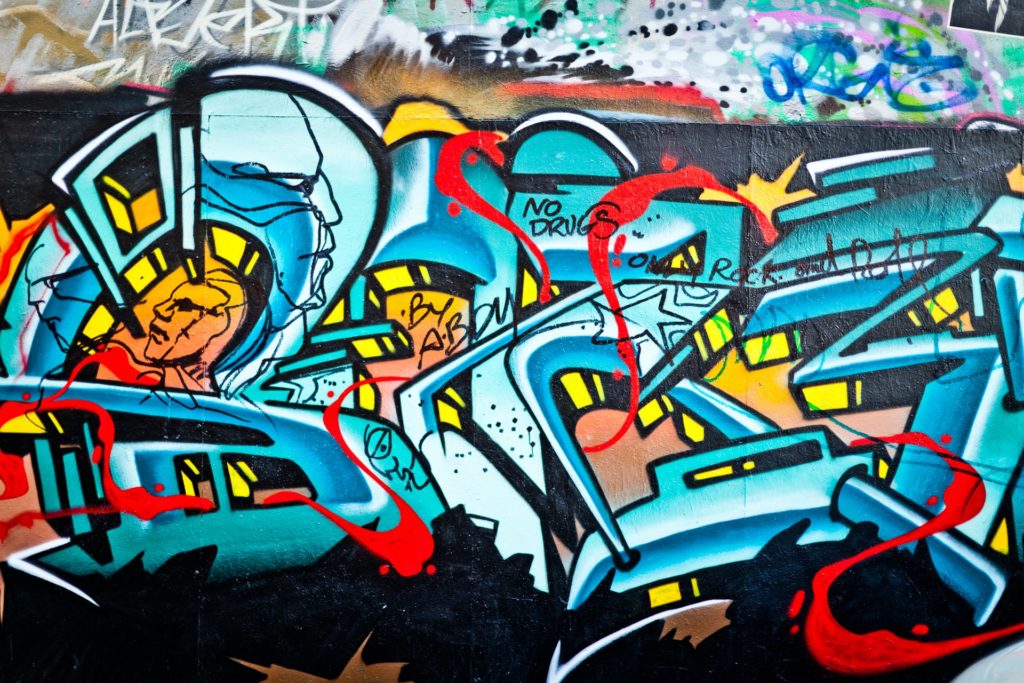Where Does It Come From
In history, Graffiti Art referred to any kind of drawing, writing, or painting on walls and scratching designs onto a surface. Its origins can be traced back to the ancient Greeks, Egyptians, and Romans who carved images into walls and monuments to document their cultures. However, modern Graffiti culture has its roots in 1970s New York when a new wave of young artists started expressing themselves using spray paints on walls, buildings, and subway platforms. Using bright colors and highly stylized text, Graffiti Art has always thrived on the streets, instead of in art galleries and museums. This is because the fundamental idea behind Graffiti is for it to be seen by as many people as possible.
“Art is an evolutionary act. The shape of art and its role in society is constantly changing. At no point is art static. There are no rules.”
―Raymond Salvatore Harmon, BOMB: A Manifesto of Art Terrorism
Impact on Art
Because of its accessible nature, Graffiti Art started a worldwide movement where common people started tagging walls with their masterpieces for the world to see. Using a lot of text, Graffiti Art then became a way for the common people to express their opinions and make political statements. While Graffiti originally started off as a form of urban communication, it eventually developed into an art form including bold imagery which was often viewed by politicians as vandalism. But with artists like Jean-Michel Basquiat and Keith Haring expressing their faith in the art form, Graffiti went on to be accepted by the contemporary art world.
Impact on the World
When artists like Banksy started using the streets as their preferred medium of expression, Graffiti became a tool for people to voice their concerns publicly. Banksy in particular broke a lot of barriers with his contribution to the Graffiti movement with murals and pieces that addressed some of the most important social and political issues in the world. Even today, Graffiti is seen as a subversive art form that can be practiced by anyone to raise social and cultural awareness and represent underground subcultures.
“I laugh at the way some people think graffiti is all selfish tagging and vandalism. Thoughtful street art is like good fiction – it speaks out on behalf of everyone, for us all to see.”
―Carla H. Krueger
“People say graffiti is ugly, irresponsible and childish… but that’s only if it’s done properly.”
―Banksy, Wall and Piece
Impact on Fashion
Art and fashion have always gone hand in hand. And with the progression of the Graffiti Art movement, designers took the same principles behind the movement and applied them to the clothing industry. The rise of Graffiti also led to the emanation of graphic fashion, particularly graphic T-shirts with bold, colorful designs and text printed on them to replicate the iconic style of street art. Keith Haring was at the forefront of this fashion movement and took elements of street art into high culture spaces such as museums and galleries. Haring’s style was colorful, fun and his works always had a strong message behind them, very similar to mainstream Graffiti art.
“Street art is nothing else but urban poetry that catches someone’s eye. Being a street artist is impossible because the city itself is the artist. Street art is a collective thing, participative and interactive, extremely linked to web 2.0 culture.”
―Christian Guémy C215
“Keep making work even if you don’t know what you have to say. You’ll only find your voice through the struggle”
―James Jean
Impact on Music
Graffiti has always been a monumental part of hip-hop and rap culture. Because of the art form’s urban and organic nature and the fact that it originated from the Youth of New York, Graffiti is now synonymous with hip-hop culture, and elements of the art form can be seen in multiple hip-hop albums and song covers along with music videos. In fact, when Graffiti Artists would use hip-hop lyrics to tag walls and create their art, they helped the genre make its way into the mainstream. In New York and other cities, Graffiti had first started to appear on subways as part of the rap subculture were people who performed or listened to rap expressed the music through the art form, which is a practice that’s still common today.
Looking to explore more art genres? Head over to JoeLatimer.com for a multidisciplinary, visually stunning experience. ☮️❤️🎨
Enjoy this blog? Please help spread the word via:


